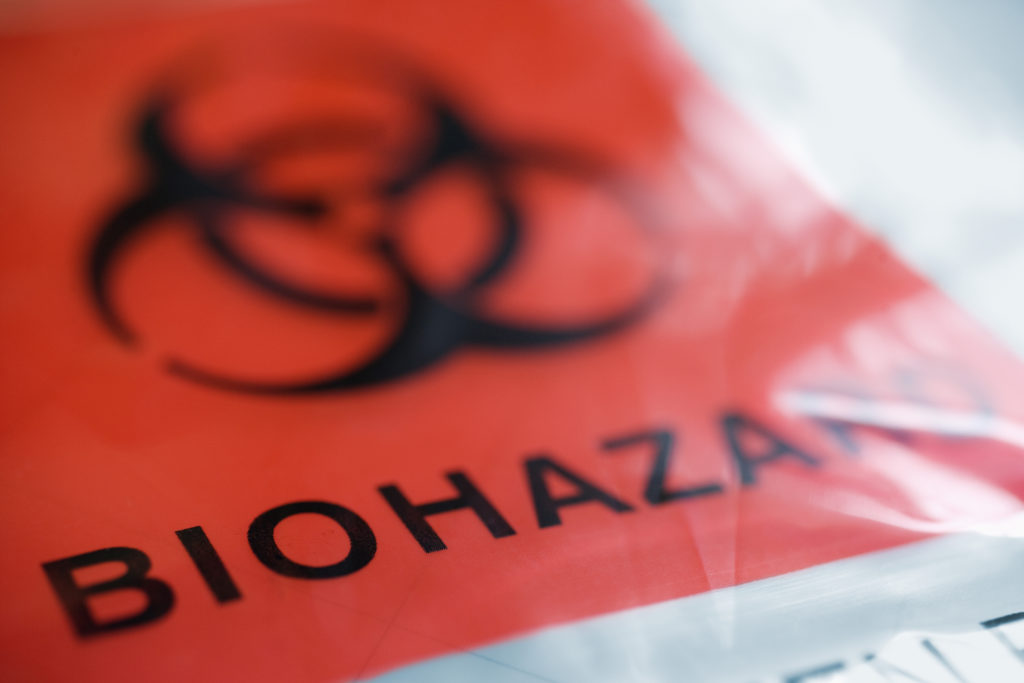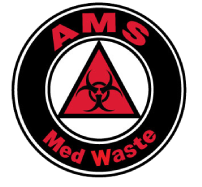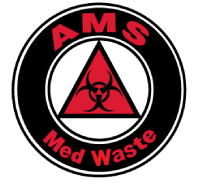Pathological Waste: What It Is, How To Dispose Of It
There are many different types of waste in the medical industry and they take various forms. One of the common ones is pathological waste, and it, just like all the others, can be very dangerous when not handled properly. So to that end, lets define what pathological waste is, and the proper way to dispose of it.

What Is Pathological Waste
For starters, it is a subcategory of biohazardous waste, and covers human and animal tissues. Blood, organs, bodily fluids, and amputated limbs are all examples of this. It is very easy to produce, and comes in large quantities, think about the various bodily fluids in your day to day life. This can make it easy to fall behind on, and the risks are large when “spillage” can easily happen.
Where Does It Come From
So now we know what it is, where does it come from? The form the waste takes is a good indicator. Hospitals, and surgery centers are prime examples that don’t need much explanation. Another large producer is cosmetic surgery centers, with all the slicing off of body pieces and removing unwanted assorted body material.
Of course clinics will produce pathological waste as well, they handle injuries and sickness just like a hospital. From the non human angle we have various veterinarian and animal hospitals. They’ll be producing all the same manner of waste that is just from a non human origin.
How Do You Dispose Of It
Doing this properly is critical as the health risks inherent with this waste, in addition to the compliance laws you have must follow. We highly recommend you get trained on your compliance responsibilities. So now that you have this waste that must be taken care of, how do you go about that?
Containment
First things first, get that stuff locked down. Exposure to pathological waste comes with some severe health risks. Consider what could happen if some diseased material was removed from a patient and left laying around for a couple days in a busy area. People are going to be exposed to it, people are going to become infected, and you just started the zombie apocalypse. Since we don’t want civilization to collapse beneath the brain eating hordes, we need to use proper containers.
What manner of containers do we want to use though? There are a couple things to consider, but typically you want to use red bags and/or solid containers. The containers need to be sealable to prevent leakage, with a secure lid that can’t be easily knocked off. Once waste is secure, label it properly, and make sure you haven’t mixed it with any other form of medical waste.
Disposal
Due to the highly dangerous nature of pathological waste, there is only one option for disposal. Let us repeat that: there is only one option to dispose of pathological waste properly. That method? Incineration.
Does that seem extreme? It’s not, we hope you realize how serious this waste is in order to justify such an action. The risks of contamination are so serious that you must cast it into the incinerator. Don’t take a chance by attempting any other methods to get rid of it.
Hopefully you have a better understanding about pathological waste and why it’s serious. As always, we here at AMS Med Waste can help you with this difficult task.





